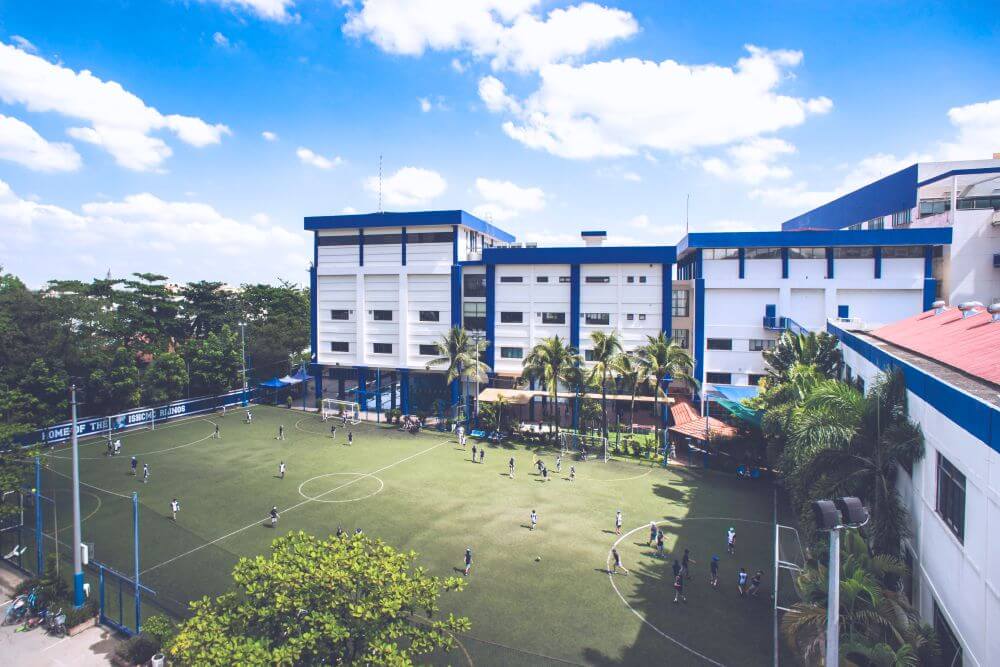How to Choose a School for Your Child
Table of Contents
- How to Choose a School for Your Child
- Don't miss out - reserve your spot today!
- Step 1: Consider Your Child’s Interest and Family Status
- Step 2: Research the Schools
- Step 3: Visit and Observe the School’s Campus
- Step 4: Evaluate and Apply
- Step 5: Prepare for Enrollment Process
- Final Thoughts on How to Choose a School for Your Child
- FAQs
A monumental decision in parents’ lives calls out choosing the right school for their children, one that influences their academic journey and social development and aligns with the whole family’s unique needs and values. Finding a place where your child can thrive, feel supported, and pursue their interests might seem daunting, but it is not much of a challenge via these steps:
- Consider your child’s interest and family status
- Research the schools
- Visit and observe the school campus
- Evaluate and apply
- Prepare for the enrollment process
Dear educators, if you are wondering how to choose a school for your child, let’s delve into our guide on education options that will make your child’s educational experience as insightful as possible.
Don't miss out - reserve your spot today!
To register for “IB PYP Math with ISHCMC Students”, please fill in the form below.
"*" indicates required fields
Step 1: Consider Your Child’s Interest and Family Status
When considering how to choose a school for your children, focus on aligning with what matters most: your child’s needs and your family’s unique circumstances.
- Understand Your Child’s Needs and Learning Style
Every child is unique, with specific interests, learning styles, and educational needs. Whether your child thrives in a structured environment or requires more freedom to explore, recognizing these needs is your first step towards finding their ideal educational setting.
Additionally, understanding whether your child prefers challenging coursework, individual attention, or specific teaching methods can establish a solid foundation that aligns with their natural learning style.
TIP: The fact that parents have a history with a certain school or educational path doesn’t guarantee it’s the best option for their children. It’s important to make the specific needs of your child a priority.
- Consider Your Family’s Circumstances
Once you’re armed with a better understanding of your child, the next step is to consider your family’s situation and expectations, as your child’s community will become yours as much as theirs. Let’s consider the following:
- Location Preferences: The school’s proximity to your home or workplace can influence daily logistics, from commute times to after-school activities. Consider whether you prefer a school within walking distance or if you’re willing to facilitate a longer commute.
- Financial Considerations: The cost of education, including tuition, uniforms, and extracurricular activities, must align with your family’s budget. Exploring scholarship opportunities, financial aid, and public school options can provide a broader range of choices without compromising quality.
Step 2: Research the Schools
As parents enter this phase, gathering as much information as possible is the priority. Let’s examine how the schools operate and what they have to offer.
- Safety Measures & Special Offerings
A safe learning environment is non-negotiable. However, beyond the basics of security, delve into what the school offers for holistic development. Extra-curricular activities, from the arts to athletics and clubs, play a central role in shaping well-rounded individuals.
- Facilities and Services
Other forms of research include visiting classrooms, libraries, sports facilities, and special areas like science labs or art rooms, which give parents insights into the learning environment. Moreover, the availability of services such as counseling significantly contributes to your child’s holistic development and satisfaction with their school experience.
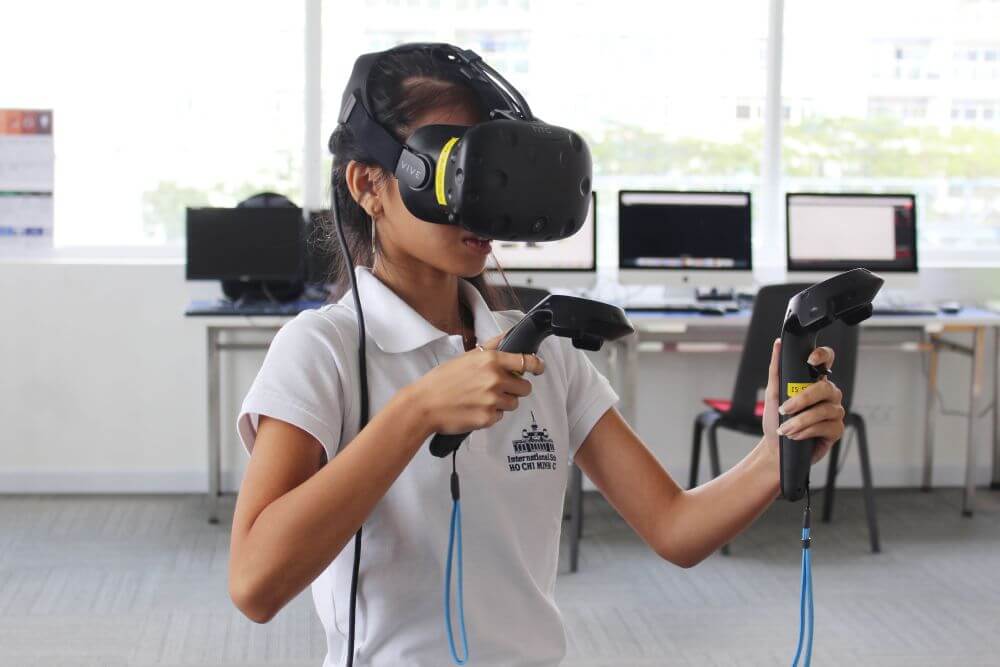
- Admissions Procedures
Another factor that tends to be considered is the admissions process. Some schools have extensive application requirements, including interviews, tests, and portfolios. Have preparation for these procedures early on to secure a smooth application process.
Step 3: Visit and Observe the School’s Campus
After creating a list of potential schools based on your research, it’s important to visit the schools in person.
Visiting and personally observing the school campus provides invaluable insights that brochures or websites cannot offer.
For example, during a visit to ISHCMC, you have the opportunity to see firsthand how they organize their learning environments for various educational levels.
1. Primary School Experience
ISHCMC International Primary School focuses on nurturing curiosity and creativity among its young learners. When visiting, observe how the classrooms and common areas stimulate learning with their designs. Look for evidence of student work that reflects a diverse range of projects and subjects, indicating a rich, inquiry-based curriculum.
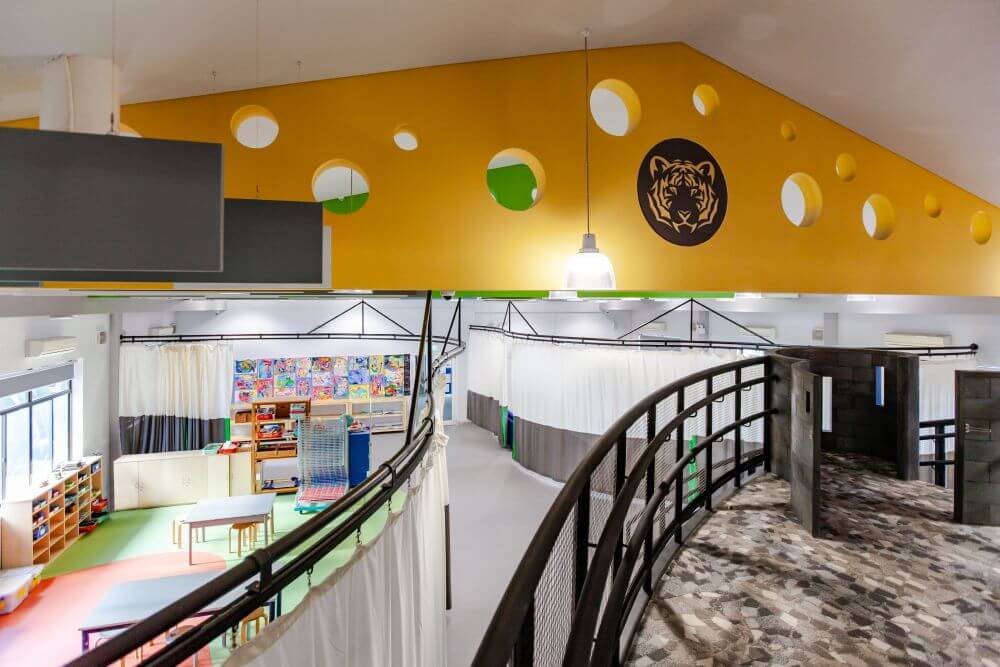
Pay attention to how technology is integrated into learning.
Interactions between students and teachers are also a part of which ISHCMC takes pride. Look for environments that promote positive relationships, where teachers support and challenge students to reach their potential.
2. Secondary School Insights
As you step into the ISHCMC International Secondary School, the focus shifts towards preparing students for the future while fostering a deep love for learning. Observe the disciplines on offer and how they immerse themselves into a broad range of interests and talents.

Take note of extracurricular activities and clubs to explore whether these programs develop new skills outside the traditional classroom setting or not.
Notice the learning atmosphere. Is it one of mutual respect, where students are encouraged to question, debate, and collaborate? Such an environment forms each child’s critical thinking and problem-solving skills.
Campus Atmosphere
The ideal atmosphere for an educational setting extends beyond the classrooms; it encompasses the overall ambiance of the campus. Are the students happy, engaged, and actively participating? Do the facilities support a wide range of sports, arts, and other extracurriculars?
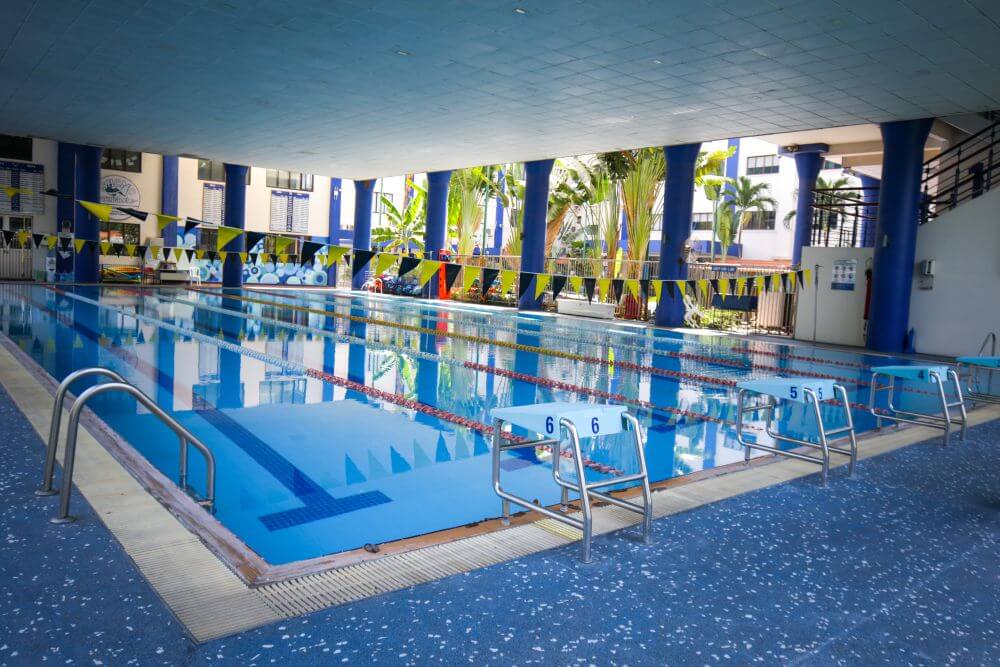
Observing the school in action gives you a general view of daily life and helps you gauge whether it feels like the right place for your child to learn and grow. Don’t hesitate to ask questions and engage with both staff and students to get a comprehensive understanding of the school community.
Visiting ISHCMC or any school on your list is a leap toward making a crucial decision about your child’s educational journey.
Step 4: Evaluate and Apply
After visiting, evaluate your options based on your observations and how each school aligns with your initial criteria. In this stage, choosing the right school for your child is all about asking the right questions before proceeding with the application process.
Questions to consider:
- How well do the school’s academic offerings match your child’s interests and learning style?
- Does the school’s environment foster a sense of community and belonging that resonates with your family?
- What kinds of support services are available, and how do they address students’ individual needs?
- Are there opportunities for students to explore interests outside the traditional classroom setting?
- How does the school ensure student safety, and are its facilities kept up in a way that fosters a conducive learning atmosphere?
- What are the school’s strategies for family involvement, and what opportunities exist for parents to participate?
- In what ways does the school prepare students for their next steps, whether that’s further education or embarking on a career?
After your evaluation, it’s time to start the application process by gathering the necessary documents, double-checking deadlines, and carefully researching what the school is looking for in its students.
Let’s take a look at ISHCMC’s application process:
- Start Your Application
- Submit Your Application
- Required Documents:
- Application Form
- Child’s Passport & Birth Certificate photocopies
- Recent Passport-sized Photo
- School Reports (last 2 years)
- Recommendation Letter/Form (grade-specific)
- Additional, Medical, EAL Needs documents (if applicable)
- Complete Assessment
- Application Review
- Acceptance
- Official Enrollment
- Orientation
For a detailed breakdown of the application and enrollment process, visit ISHCMC’s official application guide.
Step 5: Prepare for Enrollment Process
With your application submitted, this stage calls for a mix of patience and diligence. Meanwhile, let’s focus on preparing for the enrollment process by understanding the financial commitments, uniform requirements, and any preparatory materials your child might need.
Some parents revisit the schools’ websites or contact admissions offices with any last-minute questions. They need to have a clear understanding of each school’s post-acceptance process, such as “what comes after the “yes”?”. There might be forms to fill out, deposits to pay, or orientation sessions to attend.
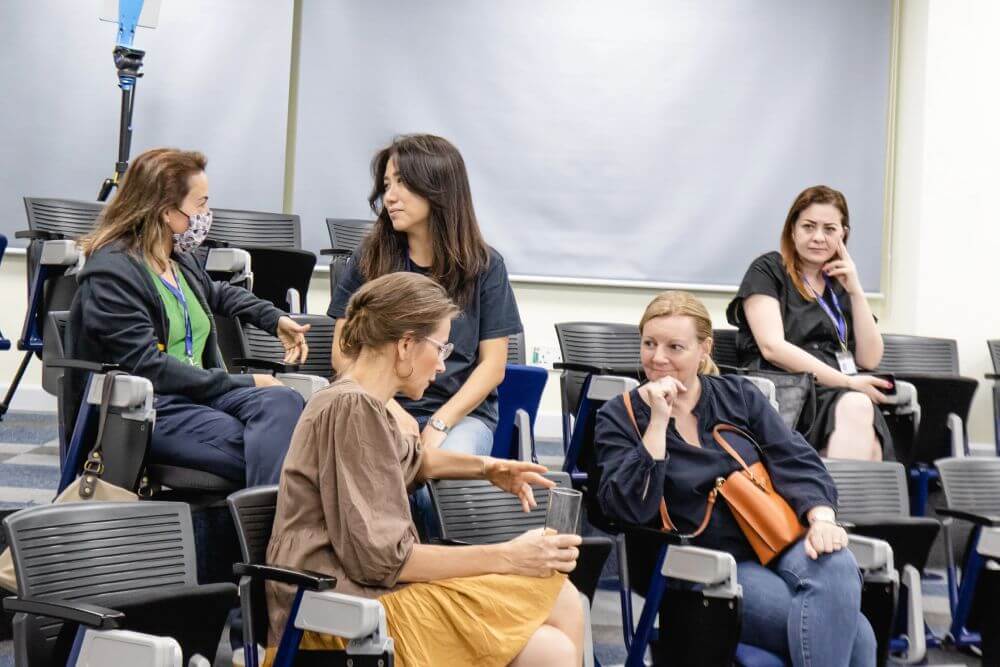
ISHCMC’s application guidelines provide a clear overview of what to expect and how to ensure a smooth transition for your child.
Consideration for Enrollment
- Certificate of Entitlement (COE) Holders: Priority may be given to students holding a Certificate of Entitlement, indicating a pre-existing right to enroll.
- Siblings of Currently Enrolled Students: Families already part of the school community through an enrolled sibling often receive consideration to keep families together.
- Previously Enrolled Students: Those who have attended the school before and left in good standing—academically and financially—may reapply with favorable consideration.
- Students from Other Cognita Schools: Being currently enrolled in another school within the Cognita network can be advantageous, supporting continuity in education and ethos.
- Diversity Policy Alignment: Schools look for students who will contribute to the diversity and inclusiveness of the community, enriching the learning environment for everyone.
- Academic and Community Contribution: Prospective students should show potential not only in academic achievement but also in contributing positively to the broader life of the school.
- Mission and Vision Alignment: Applicants whose values and goals align with those of the school’s mission and vision are often seen as a good fit.
- Application Timeliness: Sometimes, the order in which completed applications are received can influence enrollment decisions.
Placement Requirements
Class placement primarily looks at the student’s educational history and age as of August 31. With the Head of School’s approval, there might be instances where a student’s placement deviates from the norm to better meet their educational needs.
The process evaluates the student’s previous academic performance, age, physical and emotional maturity, language skills, and specific academic needs.
Final Thoughts on How to Choose a School for Your Child
Truly understanding how to choose a school for your child boils down to recognizing an institution that meets educational standards and personalizes the learning experience to fit your child’s unique needs and aspirations.
By following these guidelines, you are establishing a solid foundation for your child’s educational and professional journey. The optimal educational environment is one that resonates with your child’s individuality, goals, and your family’s principles. ISHCMC invites all educators to explore what makes our institution a unique place for an enriching educational experience!
FAQs
Let’s shed light on some of the most common questions to help guide parents and educators through this decision-making process.
What educational philosophy or approach does the school follow, and how does it fit with my child’s learning style?
Every school has its unique educational approach, be it traditional, progressive, or inquiry-based, shaping how lessons are delivered and how students engage with their learning. An inquiry-based environment like ISHCMC is ideal for children who flourish through exploration and active engagement, as it nurtures their curiosity and forms their problem-solving skills, aligning well with hands-on learners.
How diverse and inclusive is the school community, and how does it promote diversity and inclusion?
Diversity and inclusion in schools mean building a community that brings people from different backgrounds and perspectives together, a place where mutual respect and understanding develop.
ISHCMC stands out in this by actively promoting diversity and inclusion within its community. Our students and teachers come from 61 different nationalities and cultural backgrounds, all of whom realize an inclusive educational setting. ISHCMC’s diversity also lies in our curriculum, extracurricular activities, and everyday interactions, which make every member of the community feel a sense of belonging and acceptance.
What resources and support services are available for students with special needs or learning differences?
Schools generally offer individualized education plans, curricula, counseling, and specialized support staff. These measures ensure that the diverse needs of each student are met through various approaches to education. ISHCMC understands that support is the core of increasing a sense of sharing and empathy; therefore, we strive to provide students with the resources to achieve their best via specific learning support, counseling, language assistance, and I.T integration.

